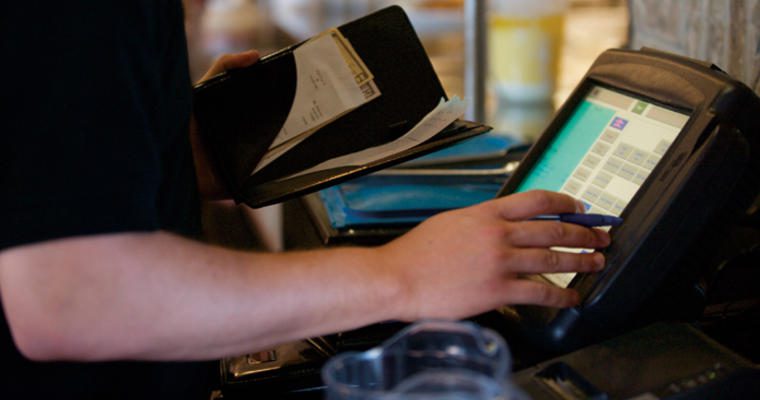Experienced restaurant operators have learned that having the right point-of-sale (POS) system can increase efficiency by tracking transactions in real time, printing guest checks, transmitting orders to the kitchen, processing credit cards, running daily business reports, and more.
So why do a substantial number of restaurant owners still cling to their cash registers? Cost and complexity are the primary obstacles to choosing a restaurant POS system, but the benefits of these systems for your business can far outweigh the challenges.
Operators don’t have to spend a lot to install an effective, easy-to-understand, and simple-to-use POS system. Whatever the investment, most restaurants find that a POS system quickly pays for itself through increased cost control and revenue generation.
The key is to understand that you have many options, and to select the system that best fits your specific needs.
Benefits of a Point of Sale System: Entry-Level
Offering a low-cost point of entry along with user-friendly technical access, these systems offer a good starting point if you’re transitioning directly from a cash register.
Here’s what your POS system can do at this level:
Track sales
Track sales per hour and day and see how the data compares with the same hour and day a week, month, or year ago. You can identify your biggest-selling items, the method of payment for each sale, and even the check average per hour, and server.
Track item usage
Find out exactly which items you sell, and in what quantities for every hour of the day, every day of the year. This feature can help you determine your most profitable, and not-so-profitable items, and ensures you have enough product on hand. It can even help identify waste, theft, and other stock discrepancies. This functionality can often work with an inventory-management solution.
Generate standard management reports
At this level, you should be able to choose from a variety of standard, e.g. non-customizable, reports that present sales and item-usage data in different formats.
Take advantage of limited scalability
You should be able to add additional POS capabilities as you need them, without having to invest in a completely new system every time. An entry-level system won’t offer infinite “scale-up” possibilities, but it should certainly offer enough to get you to a mid-level tool set.
Benefits of a Point of Sale System: Mid-Level
A moderate-cost point of entry, or an easy upgrade for existing entry-level systems, this solution typically offers all, or the majority, of the functionality of an entry-level solution, along with enhanced scalability.
Labor tracking
Tracking labor electronically helps you better control labor costs. You can schedule exactly the amount of labor you need for a particular shift based on historical sales data, and projected sales. Some systems also offer a time clock function that prevents employees from clocking in early, and can be integrated with a payroll solution.
Seating/reservations
There are systems that offer their own proprietary method of managing seating and reservations, and systems that can integrate with third-party providers such as opentable.com. Either way, you’ll experience greater seating control, increased accuracy when quoting wait times to customers, and a more cost- and time-efficient reservation process.
Gift cards/loyalty programs
Many entry-level POS systems will handle gift cards to some extent, but mid-level systems allow you to register cards to specific customers and track their buying behavior.
Benefits of a Point of Sale System: High-Level
The best POS systems combine the majority of the capabilities of the entry- and mid-level solutions, plus these added features:
Multi-unit operation
At any level, you have the potential to connect multiple POS terminals within your restaurant via a local area network. High-level POS systems go a step further—they can link together terminals at different sites.
Handheld tableside ordering
More and more restaurants are equipping their servers with iPhones, iPads, and other smartphones and tablets to capture orders at the table and transmit them immediately to the kitchen. Still others are installing touch screens at tables so customers can enter their own orders. High-end POS systems can support most of these methods.
Ad-hoc customizable reporting
Operators at this level can define for themselves what information they want to see, and how and when they want to see it.
A POS system can be one of the best tools for increasing the profitability of your restaurant. Take time to research and evaluate your options, and the potential to impact your bottom line. There’s a solution out there that’s tailor-made for your business.
Contact your Customer Development Specialist for more information on the POS systems available through Catalyst.











